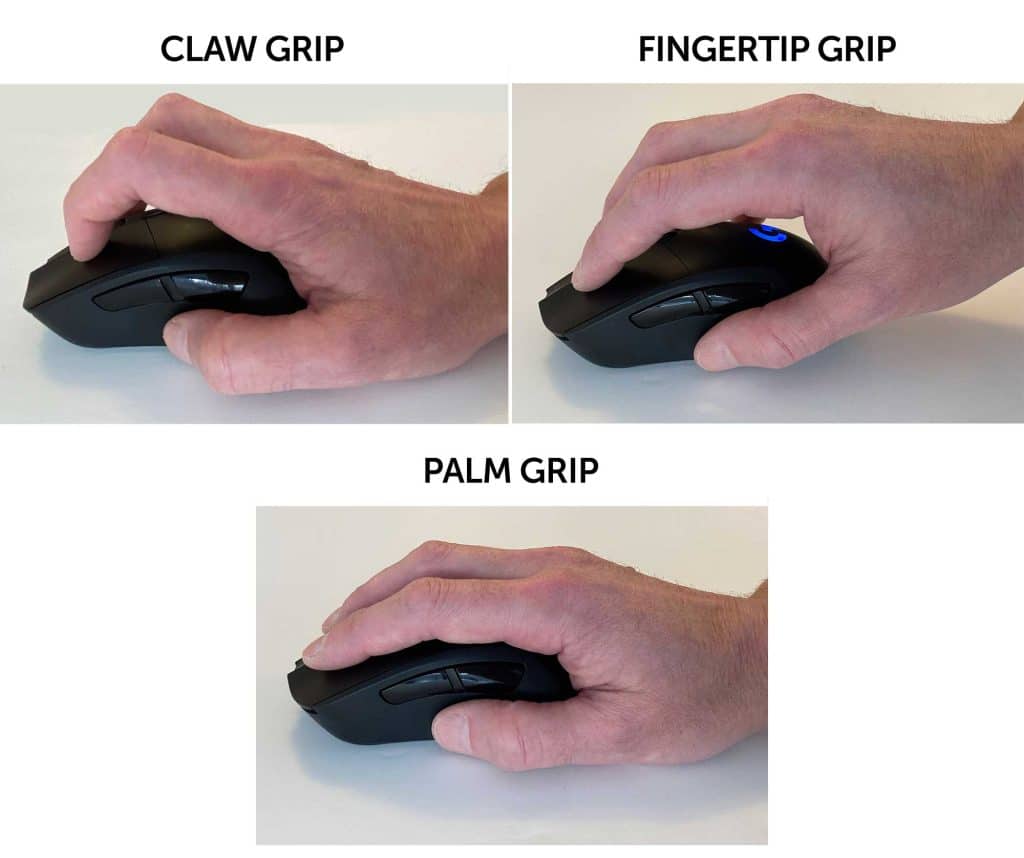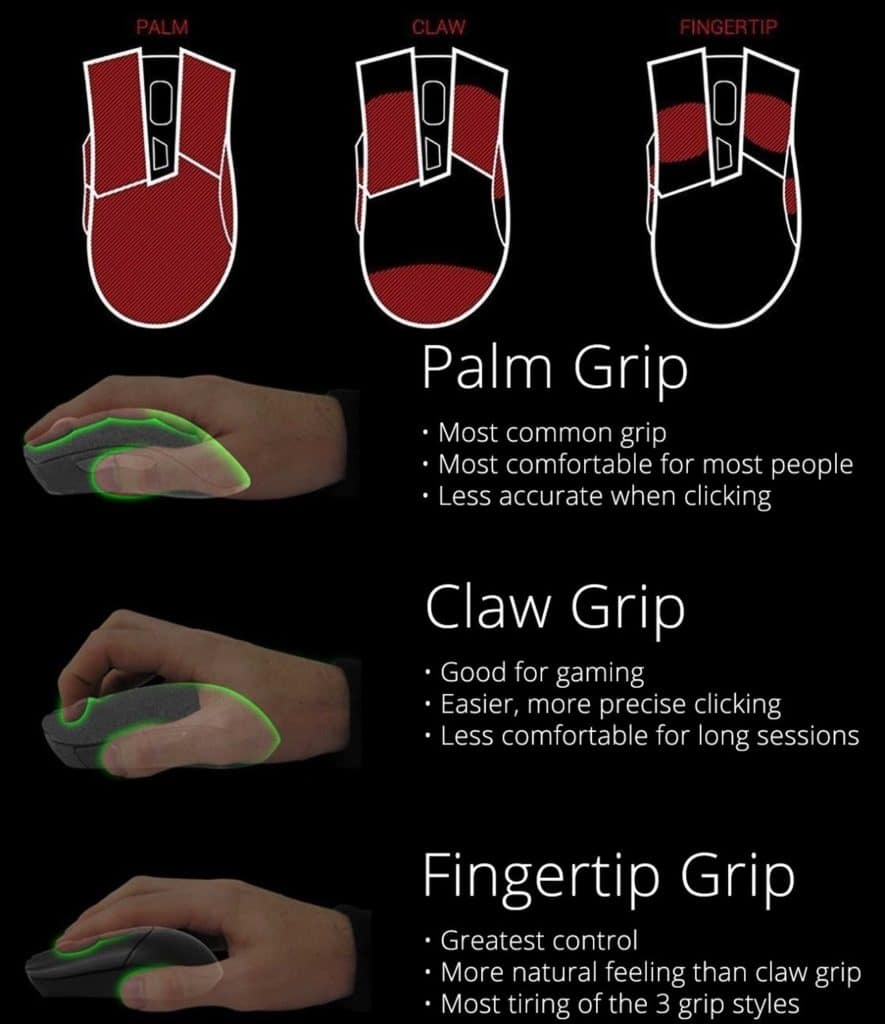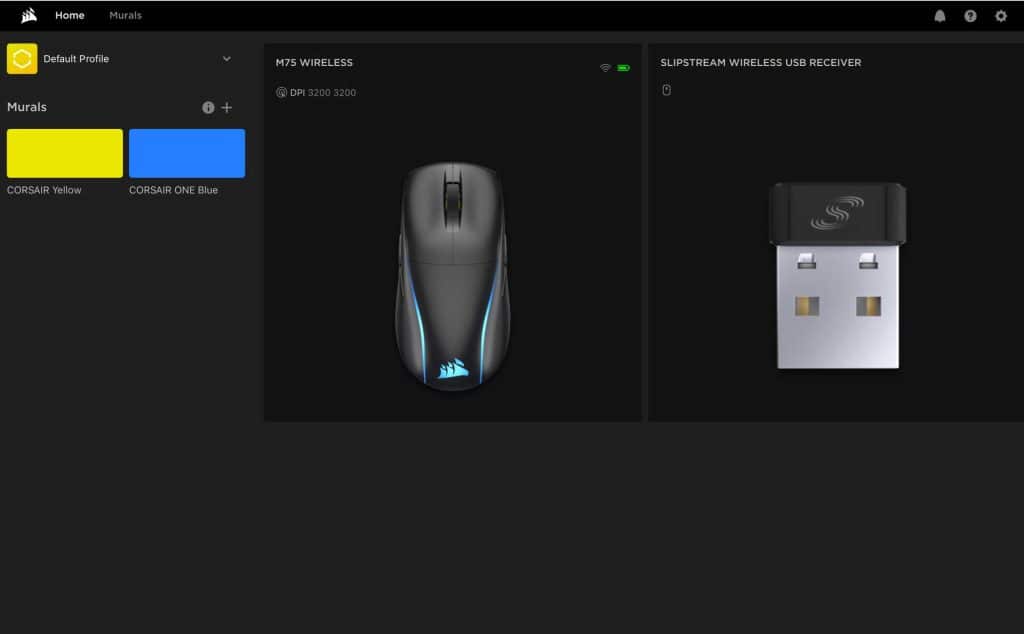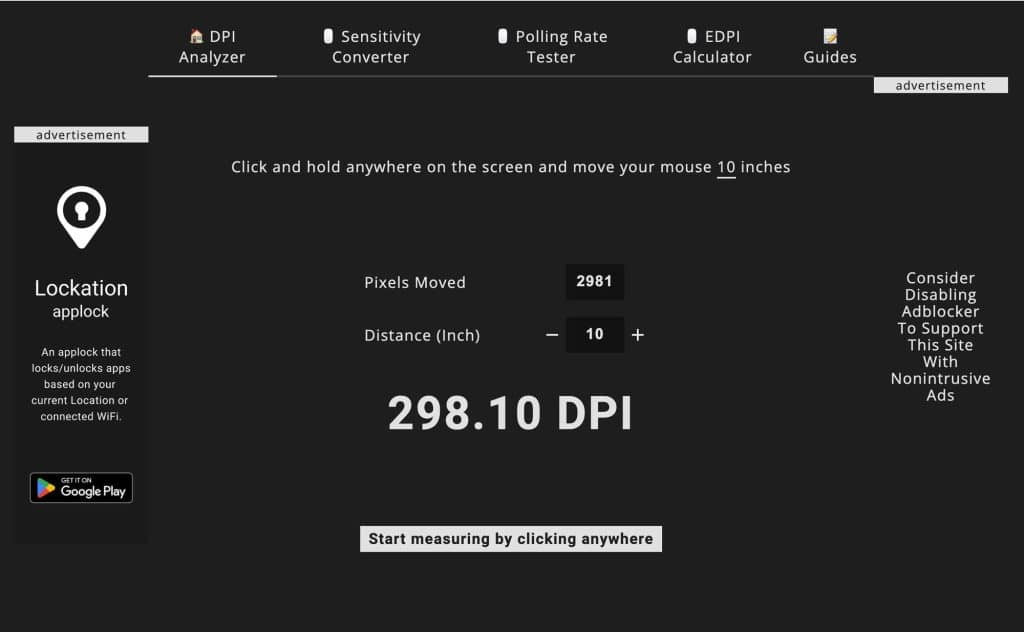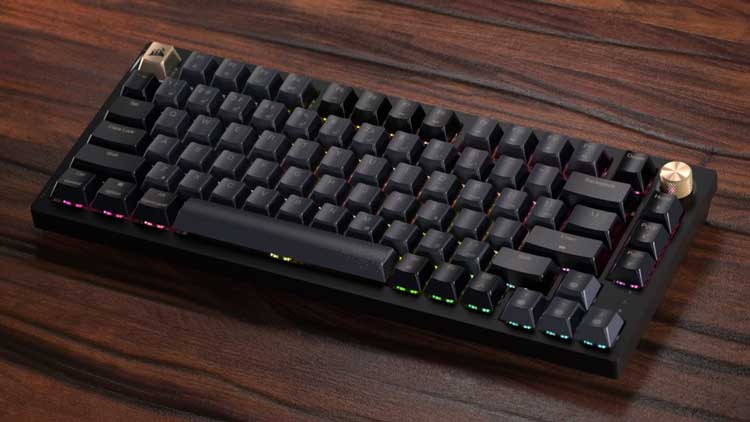Usage Experience
There are three main types of mouse grips: palm, claw, and fingertip.
-palm: as much of your hand as possible touches the mouse.
-claw: some portion of your palm is touching the mouse (stereotypically the base of the palm), and the fingers are curled with only the fingertips touching the mouse.
-fingertip: the palm does not touch the mouse unless the mouse is being pulled backward by the fingertips to aim downward quickly. As the illustration emphasizes, this is the most tiring grip of all.
The M75 Wireless mouse is the latter type and addresses users who are primarily fond of Claw and Fingertip Grip, mainly due to the hump it features. I am more into typing or editing videos since time is scarce, and gaming is out of the question in my schedule. I have been using the Lift Vertical Ergonomic mouse from Logitech for the past two years, and I have a tough time comparing this one with the M75 wireless. The Logi mouse is 100% ergonomic, matches any user’s palm, and costs half the price of the M75 wireless. Indeed, the Lift does not have the specs of a gaming mouse, and it is a matter of personal liking whether a vertical mouse would suit anyone. However, I find it hard to part ways with it and choose any other. Left and right click buttons produce an ancient kind of click sound, which doesn’t match a brand-new mouse unless one enjoys the clicking sounds! The scroll wheel, which I use a lot, doesn’t have a free-roll option as Logitech mice do. My son, a dedicated gamer, used the M75 WIRELESS, leaving much to be desired. Despite its impressive specifications, the mouse failed to deliver the performance and precision expected from a premium gaming peripheral. The placement of the on-the-fly DPI changer proved cumbersome, hindering the ability to react swiftly in critical gaming moments.
Furthermore, the minimal performance improvements compared to more affordable alternatives left me questioning the value proposition of the M75 WIRELESS. The more affordable M75 AIR WIRELESS Ultra-Lightweight Gaming Mouse offers the same features but is not for left-hand users and lucks RGB lighting. Lastly, the charging cable is long and braided, making it slightly stiff regarding movements when connected to the mouse.
Battery Life Expectancy
Corsair claims a battery life of 34 hours when using the 2.4GHz dongle and more than 100 hours with Bluetooth. There’s only one LED on the surface of the device, slightly visible when the pairing mode is active, which aims at the battery’s life expansion. There is no fast charging, and the mouse needs about 75 minutes to charge fully. You can check the battery level using the iCUE software.
Testing
I tested the mouse’s DPI on the mousedpianalyzer website with the settings at 3200. DPI stands for Dots Per Inch, which determines how far the cursor moves on the screen for each inch the mouse moves physically. A higher DPI means the cursor moves farther with less physical movement.
A higher DPI means the cursor moves farther with less physical movement.
I tested the mouse’s Poling Rate using the corresponding test from DeviceTests. Mouse polling rate shows how often per second your computer receives information about movements and button presses from your mouse. A higher mouse polling rate means a more negligible delay between the movement of your mouse and your computer receiving the signal that the mouse has moved. Mouse polling rate is measured in Hz or Hertz or “times per second,” as in 1000 Hz polling rate, which means data from the mouse will be sent to the computer 1000 times per second.
| Wireless 1000Hz Polling Rate | Wireless 2000Hz Polling Rate |
 |
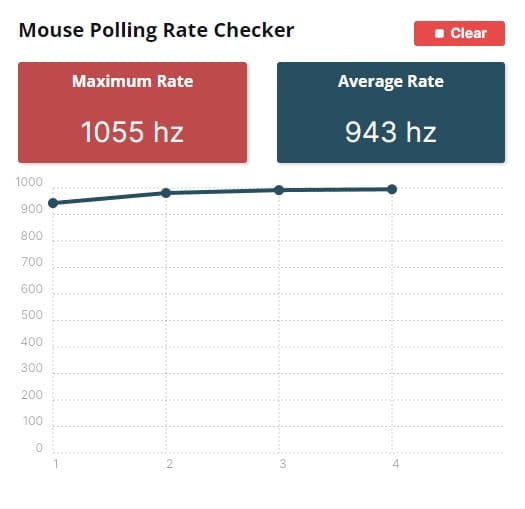 |
| USB Connection – 1000Hz Polling Rate | USB Connection – 2000Hz Polling Rate |
 |
 |
I tested the mouse’s Poling Rate using the corresponding test from DeviceTests. Mouse polling rate shows how often per second your computer receives information about movements and button presses from your mouse. A higher mouse polling rate means a more negligible delay between the movement of your mouse and your computer receiving the signal that the mouse has moved. Mouse polling rate is measured in Hz or Hertz or “times per second,” as in 1000 Hz polling rate, which means data from the mouse will be sent to the computer 1000 times per second.
As you can see in the screenshots above, the polling rate is nowhere near the 2KHz that Corsair claims.

